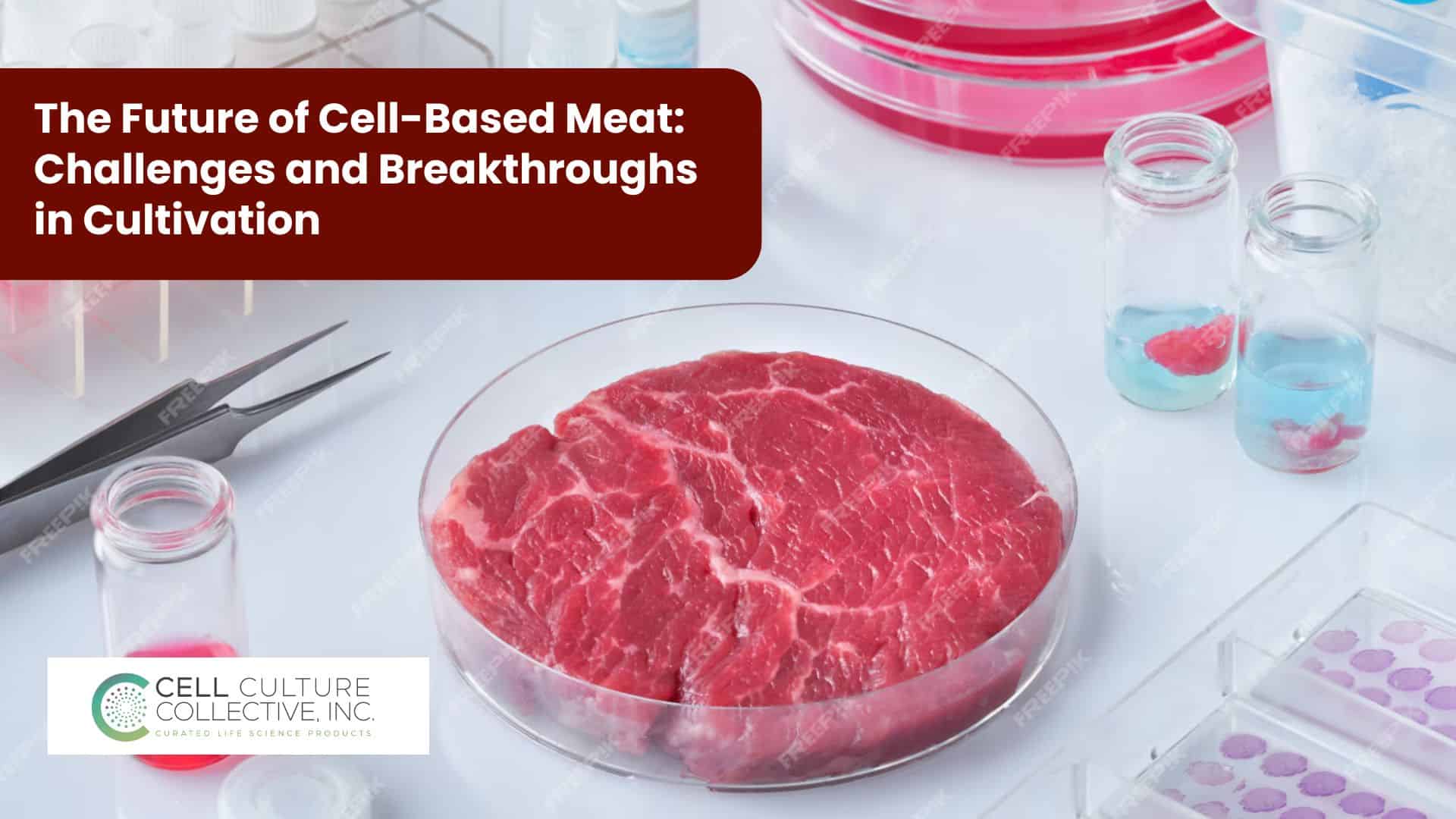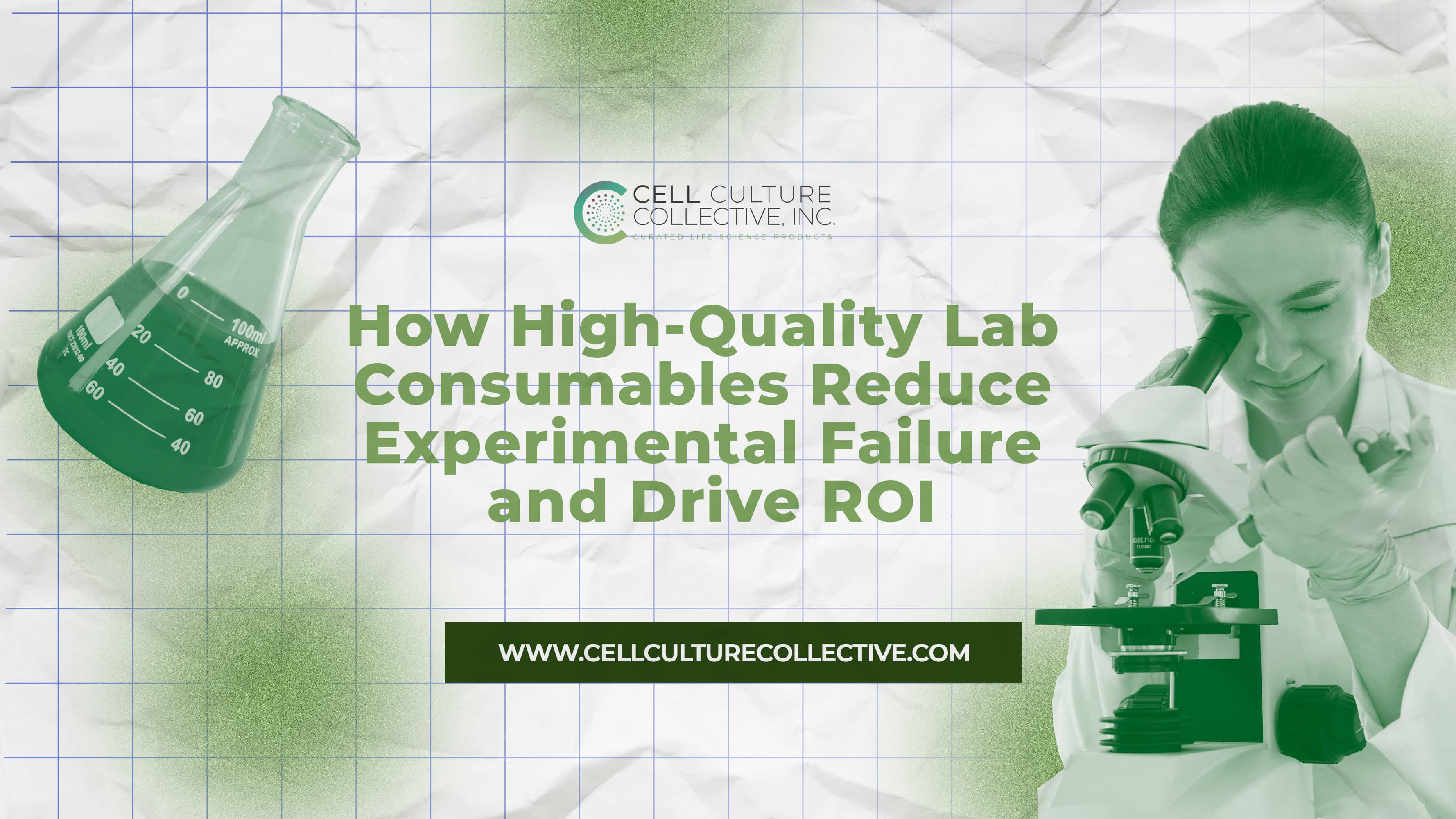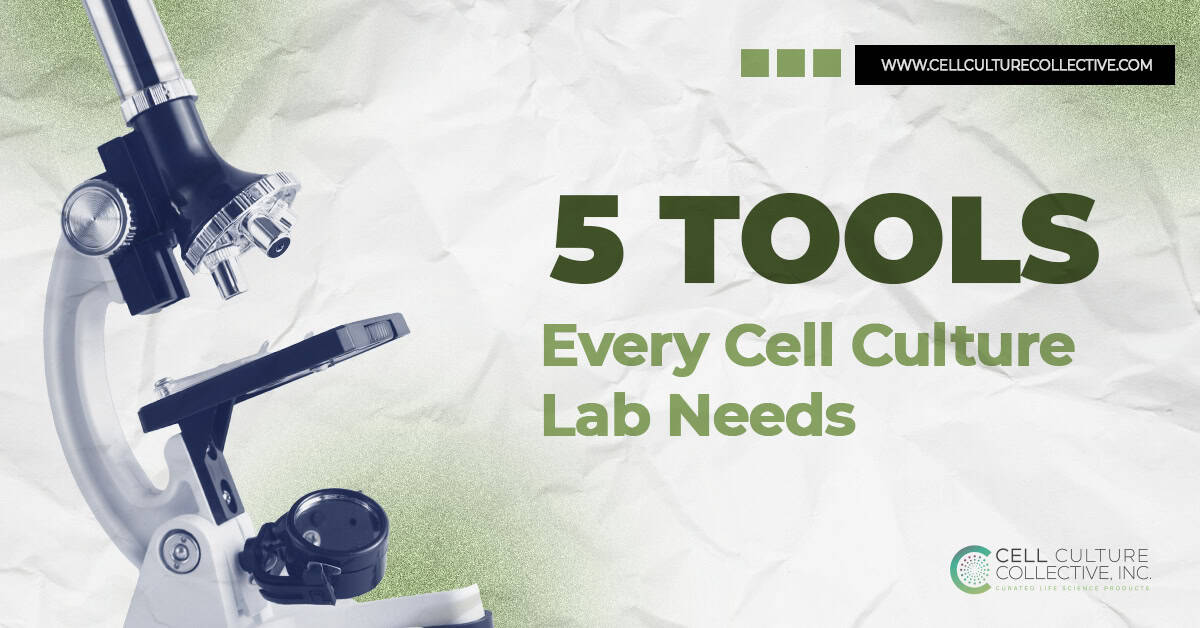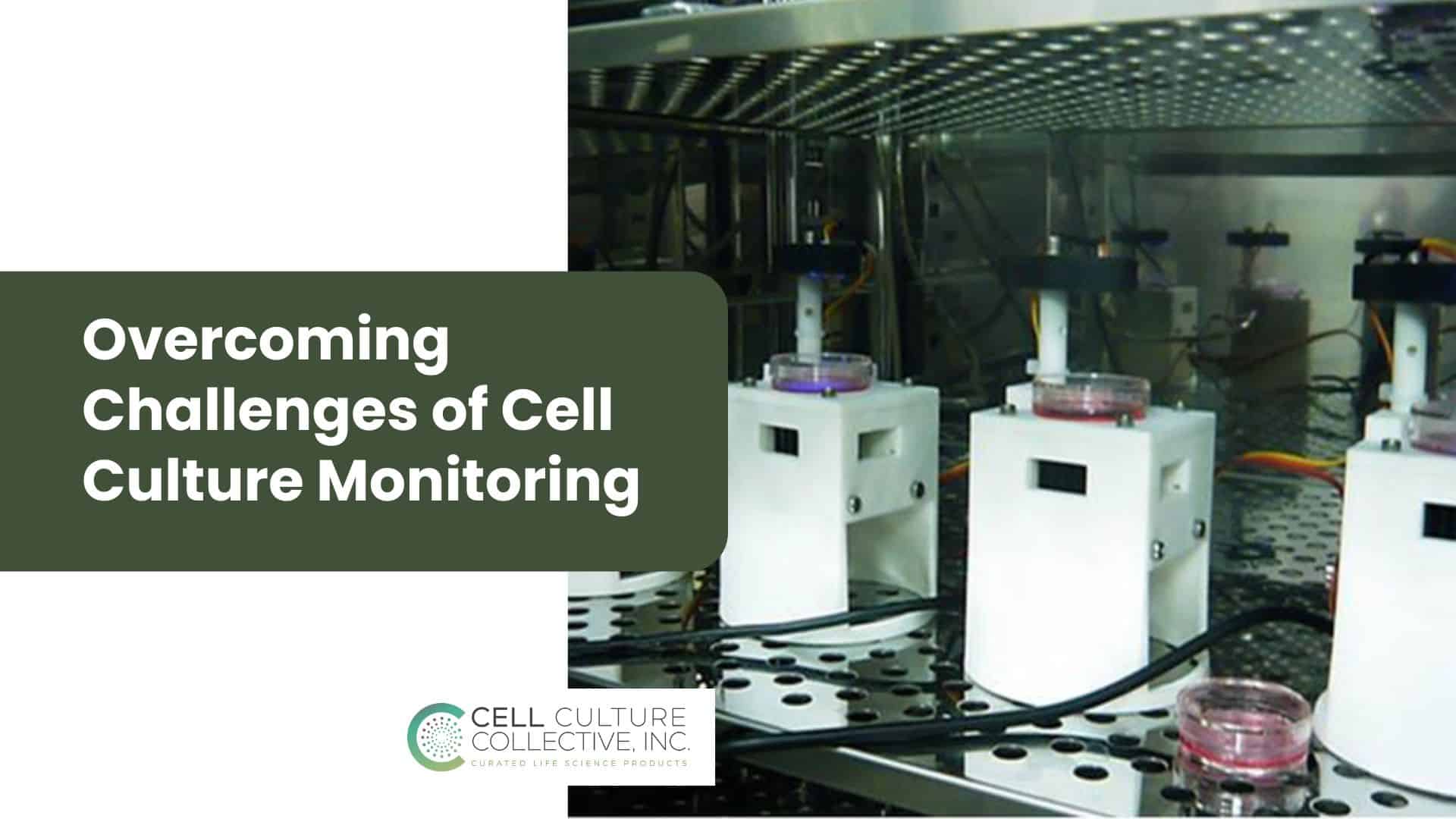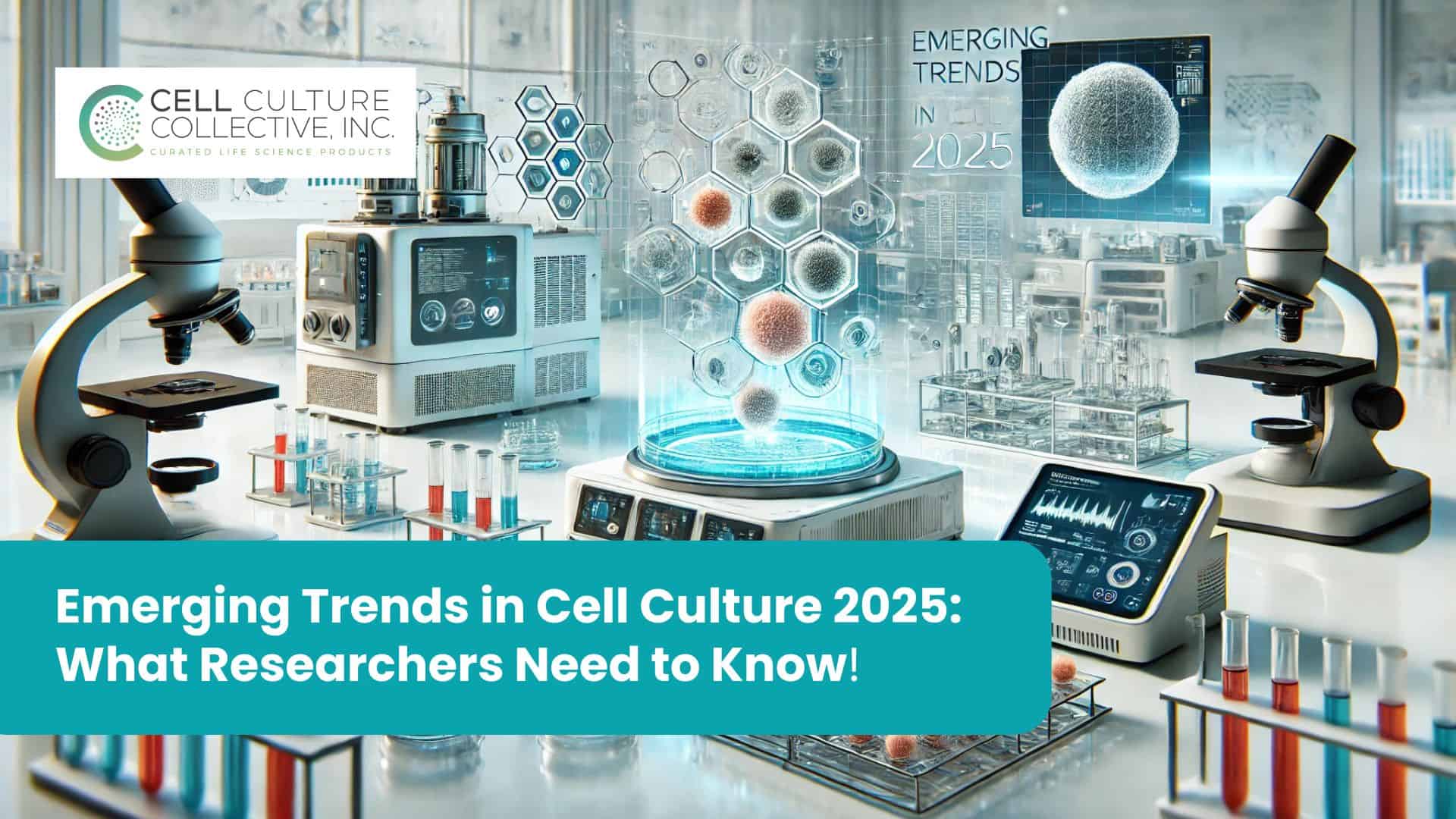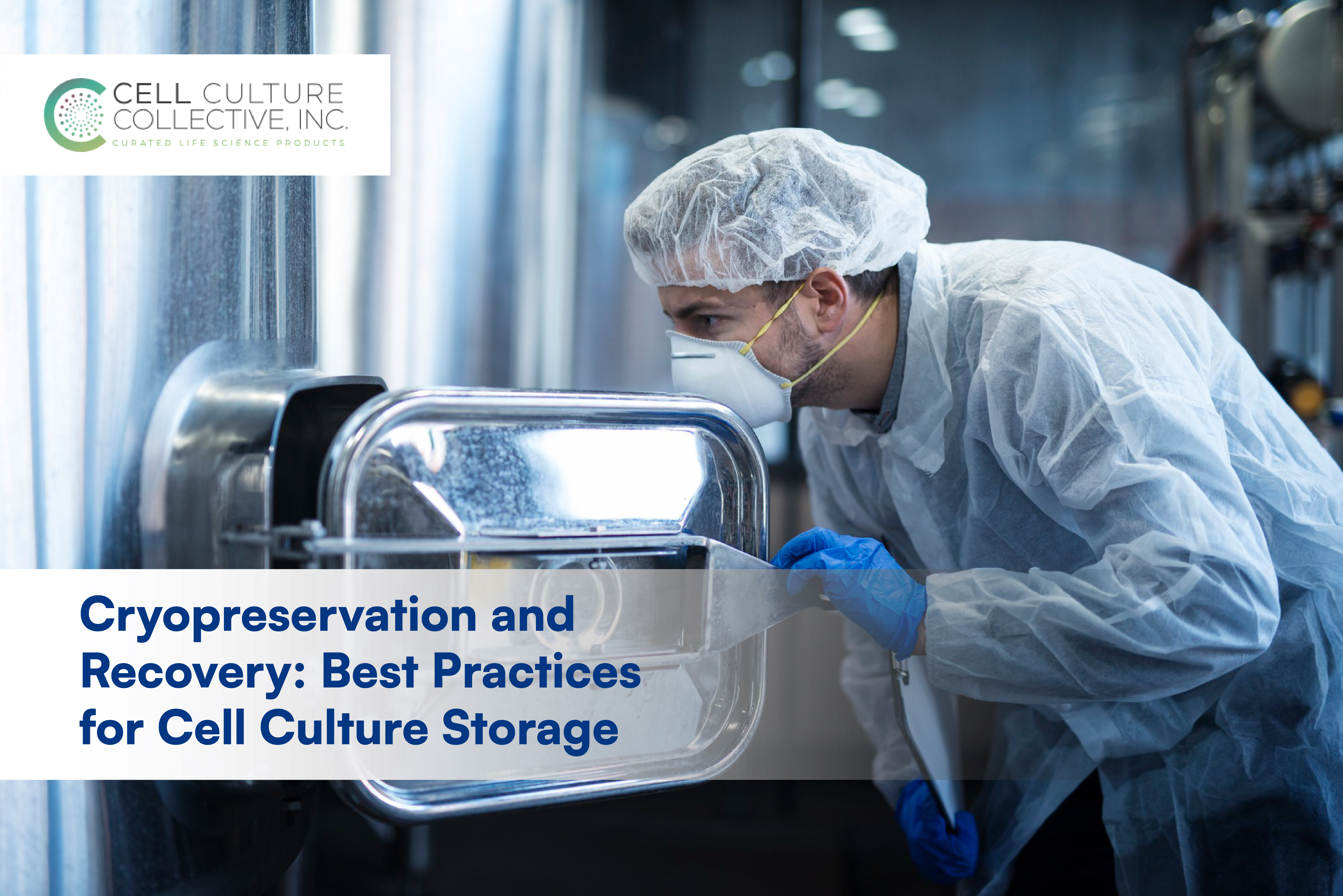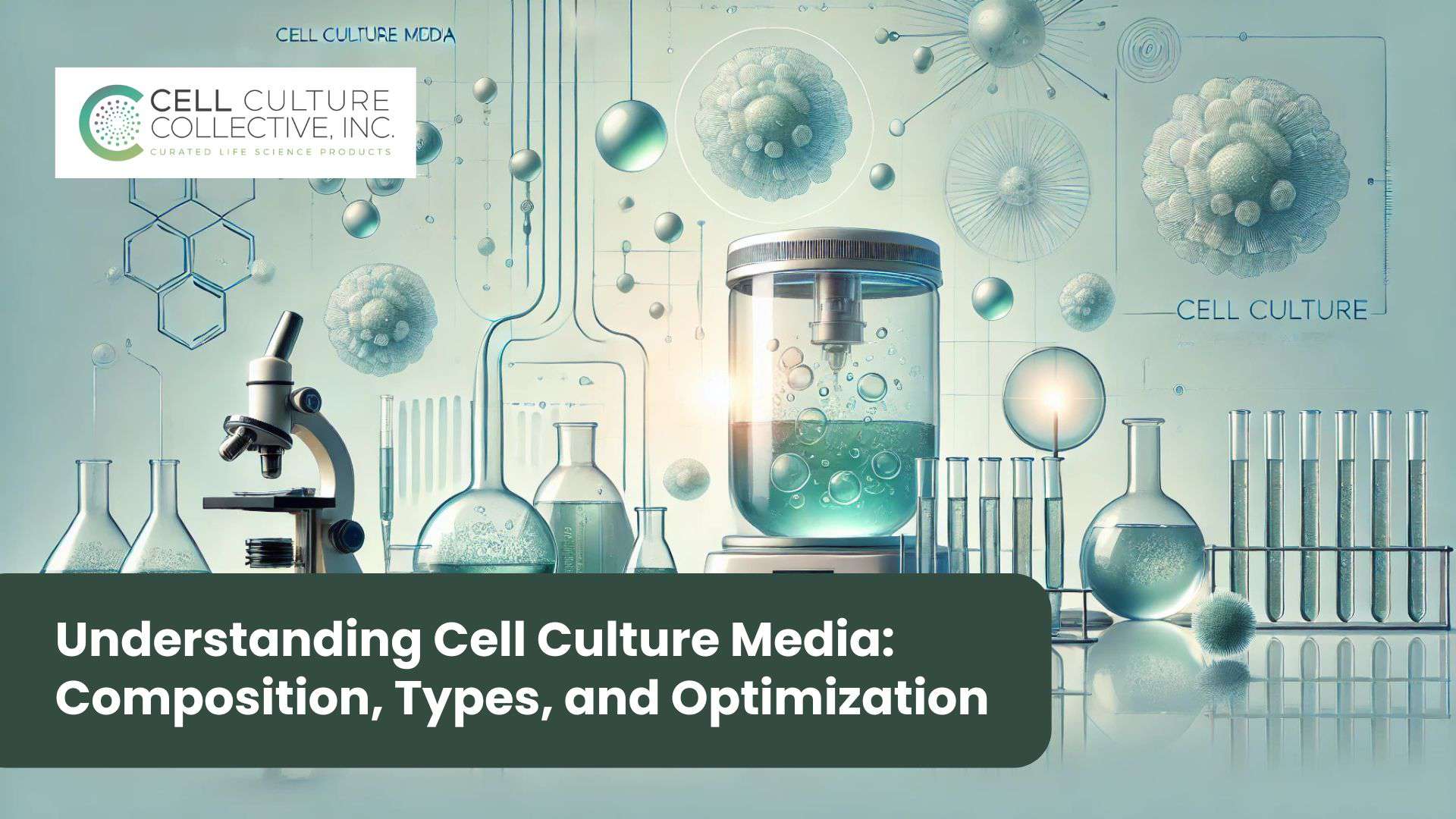Imagine a future where your favourite burger doesn’t come from a farm but a lab—produced without slaughter, with minimal environmental impact, and with the same taste and texture you know and love. This is the promise of cell-based meat cultivation, a revolutionary approach that’s reshaping the way we think about food.
As the global population inches toward 10 billion by 2050, traditional livestock farming struggles to meet soaring meat demand while contributing to 14.5% of global greenhouse gas emissions. Enter cell-based meat—a solution that has the potential to reduce emissions by up to 96%, save water and land, and eliminate the ethical dilemmas of conventional meat production.
Yet, this industry is no easy frontier. Behind its enticing potential lie complex challenges, including high production costs, technological bottlenecks, and regulatory hurdles. For instance, scaling production to meet global demand remains a key barrier, with growth media alone accounting for 55-95% of total production costs. But it’s not all obstacles; breakthroughs in bioreactor design and serum-free culture media signal that the future of lab-grown meat is closer than ever.
In this blog, we’ll explore the intricate world of cell-based meat: its production process, the hurdles it faces, the groundbreaking innovations driving it forward, and the transformative role it could play in creating a more sustainable food system.
What is Cell-Based Meat?
At its core, cell-based meat—also known as cultivated or lab-grown meat—is exactly what it sounds like: meat grown from animal cells in a controlled environment rather than being harvested from a slaughtered animal. The result? A product with the same taste, texture, and nutritional profile as traditional meat but created through an innovative, sustainable process.
How Does It Work?
The process behind cell-based meat is rooted in science, and it all starts at the cellular level:
- Cell Isolation: A small sample of animal cells, often stem cells or satellite cells, is taken from a living animal. These cells can multiply and develop into muscle and fat—the key components of meat.
- Cell Culturing: The isolated cells are placed in a bioreactor, a device that mimics the conditions inside an animal’s body. Here, they are given nutrients, growth factors, and oxygen, enabling them to multiply rapidly.
- Differentiation: Over time, the cells mature and organize into muscle fibres and fat tissues, creating the structure and flavour of meat as we know it.
Positioning in the Alternative Protein Market
Cell-based meat is a pathbreaker in the alternative protein market. Unlike plant-based meat, which uses ingredients like soy or peas to mimic meat, cell-based meat is real meat at its core. This positions it uniquely, appealing to both environmentally conscious consumers and those unwilling to compromise on the taste and texture of traditional meat.
Comparing Traditional, Plant-Based, and Cell-Based Meat
| Aspect | Traditional Meat | Plant-Based Meat | Cell-Based Meat |
| Source | Livestock | Plants (e.g., soy, pea) | Animal cells |
| Environmental Impact | High (emissions, water, land) | Lower than livestock | Significantly lower than livestock |
| Taste and Texture | Authentic | Mimics real meat | Identical to the real meat |
| Animal Welfare | Involves slaughter | No animal involvement | No slaughter; minimal impact |
By bridging the gap between sustainability and authenticity, cell-based meat holds the potential to lead the alternative protein industry into a more sustainable and ethical future.
How is Cell-Based Meat Made?
The process of creating cell-based meat is both intricate and fascinating, requiring a seamless blend of biotechnology and engineering. Unlike traditional livestock farming, which depends on raising and slaughtering animals, this approach grows meat directly from cells, offering a sustainable and scalable alternative.
Step-by-Step Process
- Cell Sourcing
The journey begins with collecting a small sample of animal cells, typically from muscle or fat tissue. These cells are carefully chosen based on their ability to regenerate and proliferate rapidly, such as stem cells or myosatellite cells. - Proliferation in Bioreactors
Once the cells are isolated, they are transferred into bioreactors—specialized equipment designed to replicate the conditions inside an animal’s body. Here, they are bathed in a nutrient-rich culture medium containing essential amino acids, vitamins, and growth factors to fuel rapid cell growth. - Differentiation and Tissue Formation
Over time, the cells begin to differentiate, forming muscle fibres, fat, and connective tissues. Scaffolding materials, such as edible plant-based scaffolds, provide structural support, ensuring the meat has the texture and consistency consumers expect. - Harvesting and Processing
Once the tissue reaches the desired maturity, it is harvested, processed, and seasoned to resemble familiar cuts of meat or ground products like burgers or sausages.
Innovations in the Process
The cell-based meat industry is constantly evolving to improve efficiency and reduce costs:
- Serum-Free Media: Traditionally, fetal bovine serum was used as a growth medium, but companies are now developing plant-based alternatives to enhance sustainability.
- 3D Bioprinting: Some companies are exploring bioprinting techniques to create complex structures, such as steaks with marbled fat.
- Cost Optimization: Efforts to scale up production have led to significant cost reductions, bringing the price of lab-grown meat closer to affordability.
Why It Matters
This process not only offers a sustainable solution to global food demand but also addresses pressing issues like antibiotic resistance, foodborne diseases, and the environmental impact of industrial farming. By focusing on science and innovation, cell-based meat has the potential to redefine how we produce and consume protein.
The Current Landscape of Cell-Based Meat
As the demand for sustainable food systems grows, cell-based meat cultivation has transitioned from a futuristic concept to a rapidly developing industry. Despite its early-stage status, this field is witnessing significant advancements, attracting attention from governments, private investors, and food innovators worldwide.
Global Trends and Market Growth
The global cell-based meat market is projected to grow at an impressive compound annual growth rate (CAGR) of over 25%, reaching billions by 2030. Governments in countries like the United States, Singapore, and Israel are taking the lead, creating regulatory frameworks to enable market entry. For instance:
- Singapore became the first country to approve the sale of lab-grown chicken nuggets in 2020.
- The U.S. Food and Drug Administration (FDA) and USDA have partnered to streamline the regulatory process, paving the way for cultivated meat products in the American market.
Investment and Financial Landscape
While the sector attracted $1.6 billion in venture capital funding between 2021 and 2022, recent economic headwinds have resulted in reduced investments. This has forced many startups to streamline operations and focus on cost-efficient production methods. However, large-scale collaborations, such as the USDA’s $10 million grant to establish the National Institute for Cellular Agriculture, signal a strong commitment to advancing this field.
A Comparative Glimpse
Cell-based meat finds itself in a unique position within the alternative protein ecosystem. While plant-based products like Impossible Foods and Beyond Meat target quick scalability, cultured meat offers the promise of authentic taste and texture, appealing to a broader audience. This differentiation positions cell-based meat as a high-impact solution for long-term sustainability and ethical food systems.
Challenges in Cultured Meat Production
While cell-based meat cultivation offers transformative potential, the journey from lab to plate is riddled with hurdles. These challenges span across technology, economics, regulations, and consumer acceptance, each requiring innovative solutions to realize the vision of sustainable, lab-grown meat.
1. Scaling Up Production
One of the most significant barriers lies in scaling production to meet global demand. Current bioreactor systems, which are critical for growing cells, are limited in capacity and efficiency.
- High Costs: Growth media, which provide nutrients to cells, account for 55-95% of production costs. Achieving cost-effective scalability remains a priority for many startups.
- Technological Bottlenecks: Bioreactors designed for pharmaceutical use often lack the size and affordability required for large-scale meat production.
2. Cost Reduction
Although the price of cultured meat has dropped significantly since the first lab-grown burger was unveiled at $330,000 in 2013, it still remains far from mass-market affordability. Companies are now focusing on innovations such as:
- Serum-Free Media: Replacing fetal bovine serum with plant-based alternatives to cut costs.
- Optimized Bioprocessing: Reducing energy consumption in bioreactors while improving yield.
3. Regulatory Complexities
Navigating the regulatory landscape is another significant hurdle.
- Lack of Uniform Guidelines: While Singapore has approved the commercial sale of cultured meat, other countries, including those in the EU, are still in the process of establishing frameworks.
- Safety Testing: Ensuring the safety and nutritional equivalence of cultured meat is a time-intensive process, further delaying approvals.
4. Consumer Acceptance
Public perception of lab-grown meat is still evolving. Many consumers are hesitant due to:
- Scepticism: Concerns about whether the product is “natural” or “safe.”
- Cultural and Ethical Concerns: Some may question the ethical implications of engineering meat in labs.
5. Environmental Trade-Offs
While cell-based meat has a significantly smaller carbon footprint than livestock farming, certain aspects of the production process—such as the energy requirements for bioreactors—can still contribute to emissions. Finding renewable energy solutions is essential to truly maximize sustainability (4).
Conclusion
As the world grapples with the environmental, ethical, and economic challenges of traditional meat production, cell-based meat cultivation stands as a beacon of hope. This innovative technology offers a path to a more sustainable and humane food system—one where the taste and nutritional benefits of meat can coexist with minimal environmental impact and no need for animal slaughter.
However, the journey is far from complete. From reducing production costs and scaling up bioreactors to addressing regulatory hurdles and earning consumer trust, the industry faces significant challenges. Yet, recent breakthroughs in bioreactor technology, serum-free media, and 3D bioprinting signal that these obstacles are not insurmountable. With global investments and interdisciplinary collaborations accelerating progress, the dream of accessible, affordable lab-grown meat is closer than ever.
The potential impact of cell-based meat goes beyond satisfying appetites; it could transform the way we think about food, sustainability, and our relationship with the planet. By continuing to innovate and address the challenges ahead, this revolutionary approach could reshape the global food industry, paving the way for a future that balances human needs with the health of our environment.
Frequently Asked Questions
1. What is cell-based meat, and how is it made?
Cell-based meat, also known as cultivated or lab-grown meat, is produced by growing animal cells in a controlled lab environment. The process involves isolating cells, culturing them in nutrient-rich media, and differentiating them into muscle and fat tissues to create meat without slaughtering animals
2. What are the main challenges in cell-based meat production?
Key challenges include scaling up production, reducing costs (particularly for growth media), navigating complex regulatory processes, and overcoming consumer scepticism. Additionally, the energy-intensive nature of bioreactors presents environmental trade-offs that need to be addressed.
3. How is cell-based meat different from plant-based meat?
While plant-based meat is made from ingredients like soy or pea protein to mimic the taste and texture of traditional meat, cell-based meat is real meat grown from animal cells. This makes it more appealing to consumers who prefer the taste and nutritional profile of conventional meat.
4. Is cell-based meat sustainable?
Yes, cell-based meat has the potential to significantly reduce the environmental impact of meat production. It uses less land and water than traditional livestock farming and emits fewer greenhouse gases. However, improving the energy efficiency of production processes is essential for maximizing its sustainability.
5. Is cell-based meat safe to eat?
Yes, cell-based meat is safe to eat. Companies must comply with rigorous regulatory standards and safety testing to ensure that the product meets all nutritional and safety requirements before it reaches consumers.
6. Has cell-based meat been approved for sale?
Yes, some countries have approved the sale of cell-based meat. For example, Singapore became the first nation to approve the commercial sale of lab-grown chicken in 2020. In the U.S., regulatory agencies like the FDA and USDA are actively working on establishing frameworks to approve cultured meat products.
7. When will cell-based meat become widely available?
While cell-based meat is currently available in limited markets, it may take several more years for widespread adoption. This depends on advancements in scaling production, reducing costs, and gaining regulatory approval in more countries.
References
- Food and Agriculture Organization (FAO). “Tackling Climate Change Through Livestock.”
- ScienceDirect. “Cultivated Meat: Recent Progress and Challenges.”
- National Law Review. “Financing Headwinds and the Future of Cell-Cultivated Meat.”
- ScienceDirect. “Cell-Based and Plant-Based Proteins: A Comparative Analysis.”
- NCBI. “Techniques, Challenges and Future Prospects for Cell-Based Meat.”
- Food and Agriculture Organization (FAO). “Emerging Biotechnologies in Food Systems.”
- Food and Agriculture Organization (FAO). “Environmental Impacts of Livestock Farming.”
- USDA. “National Institute for Cellular Agriculture.

